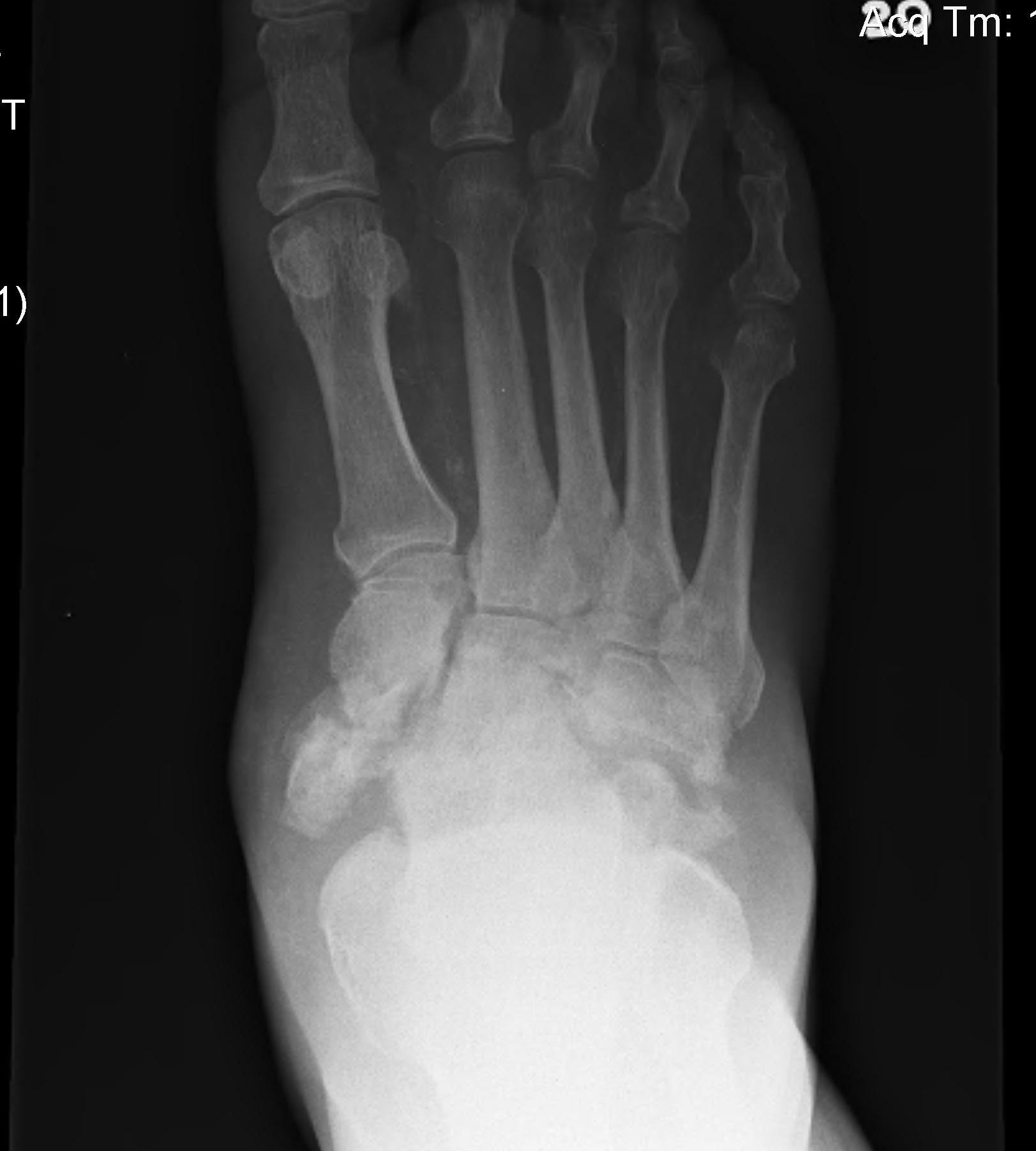
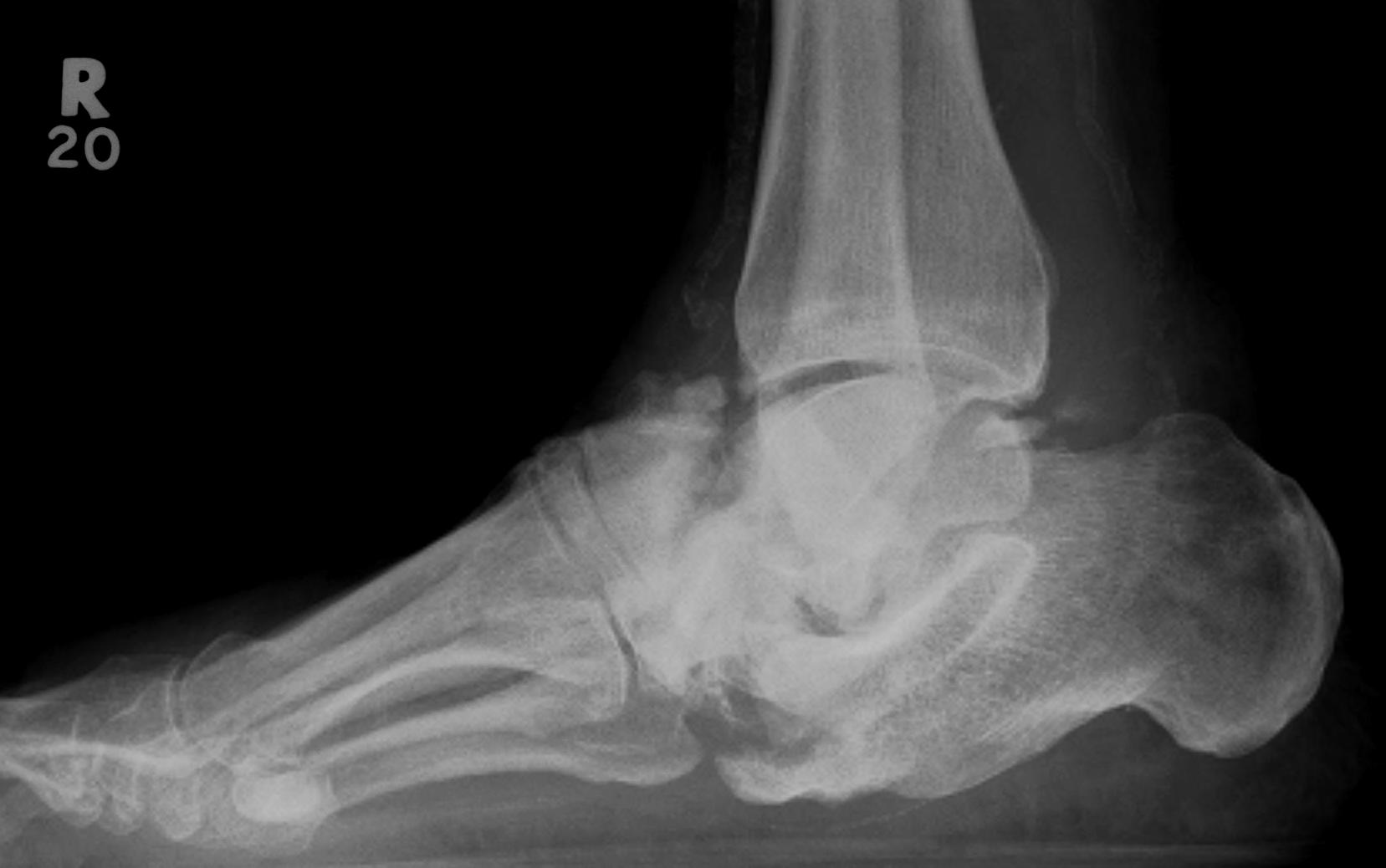
Definition
Neuropathic arthropathy
- progressive destructive arthropathy 2° to neurological condition
- usually minimal to no trauma
Etiology
Diabetes
Leprosy / syphilis
Other - polio / paraplegia / syringomyelia
Pathophysiology
1. Neuro-traumatic theory - cumulative trauma in insensate foot
2. Neurovascular theory
- neurally stimulated vascular reflex stimulates bone resorption
Natural history
Eichenholtz Classification
| Stage 0 | Stage 1 Dissolution | Stage 2 Coalescence | Stage 3 Reconstruction | |
|---|---|---|---|---|
| Findings |
Acute inflammation - swollen, red, warm - reduces with elevation |
Acute inflammation - swollen, red, warm - reduces with elevation |
Inflammation decreases Reduced swelling Reduced temperature
|
Normal temperature Swelling reduced |
| Xray | Normal |
Demineralisation of regional bone Periarticular fragmentation Joint dislocation |
Absorption of osseous debris Organization and early healing of fracture fragments Periosteal new bone formation |
Smoothing of edges Oosseous or fibrous ankylosis Bone healing Resolution of osteopenia
|
| Management |
NWB May prevent collapse |
Total contact cast until stage 2 FWB |
CROW (Charcot Resistant Orthotic Walker) Bivalved AFO |
Accommodative shoes with custom moulded orthotic
CROW or AFO if ongoing ankle instability |
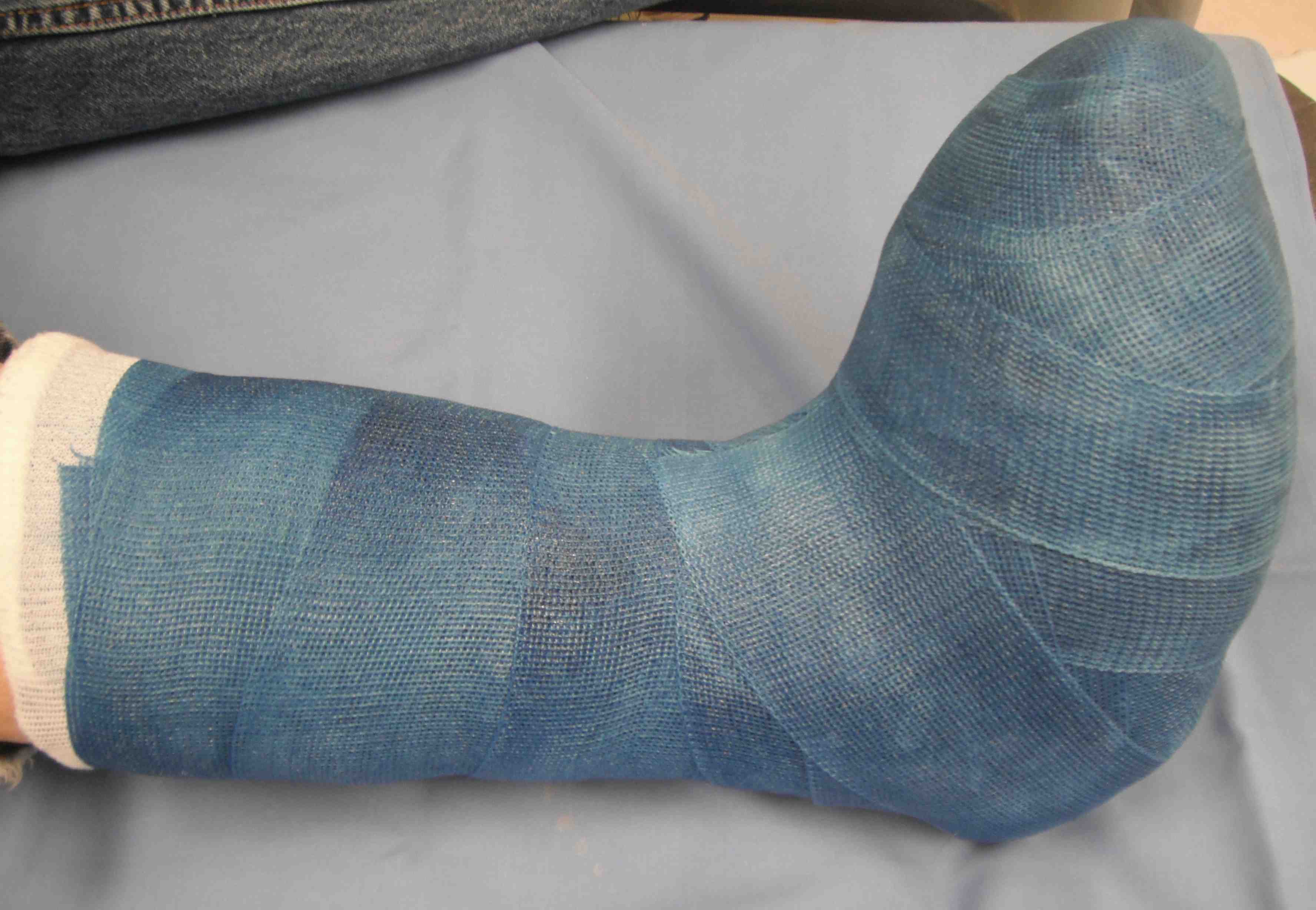 |
|
Examination
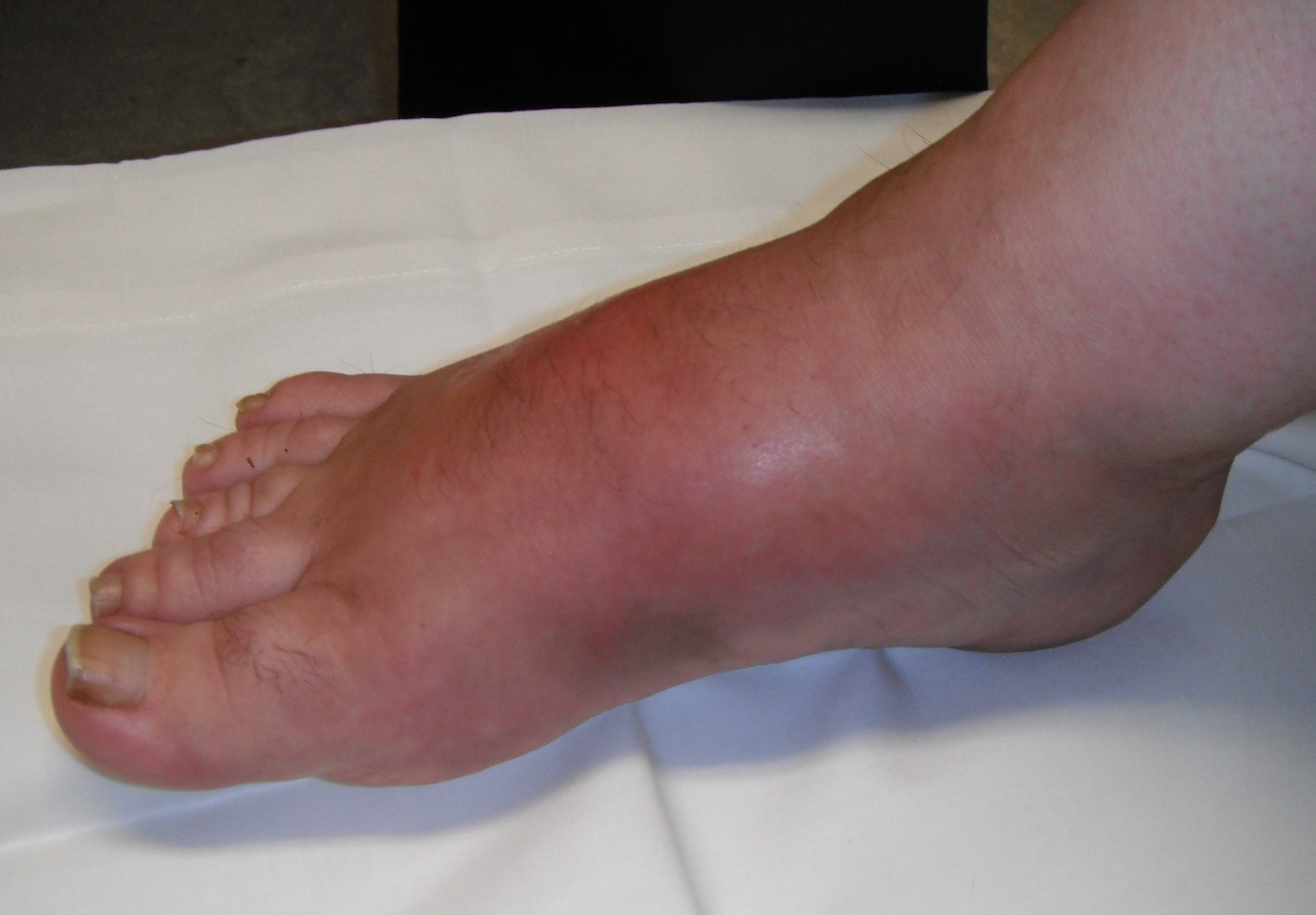
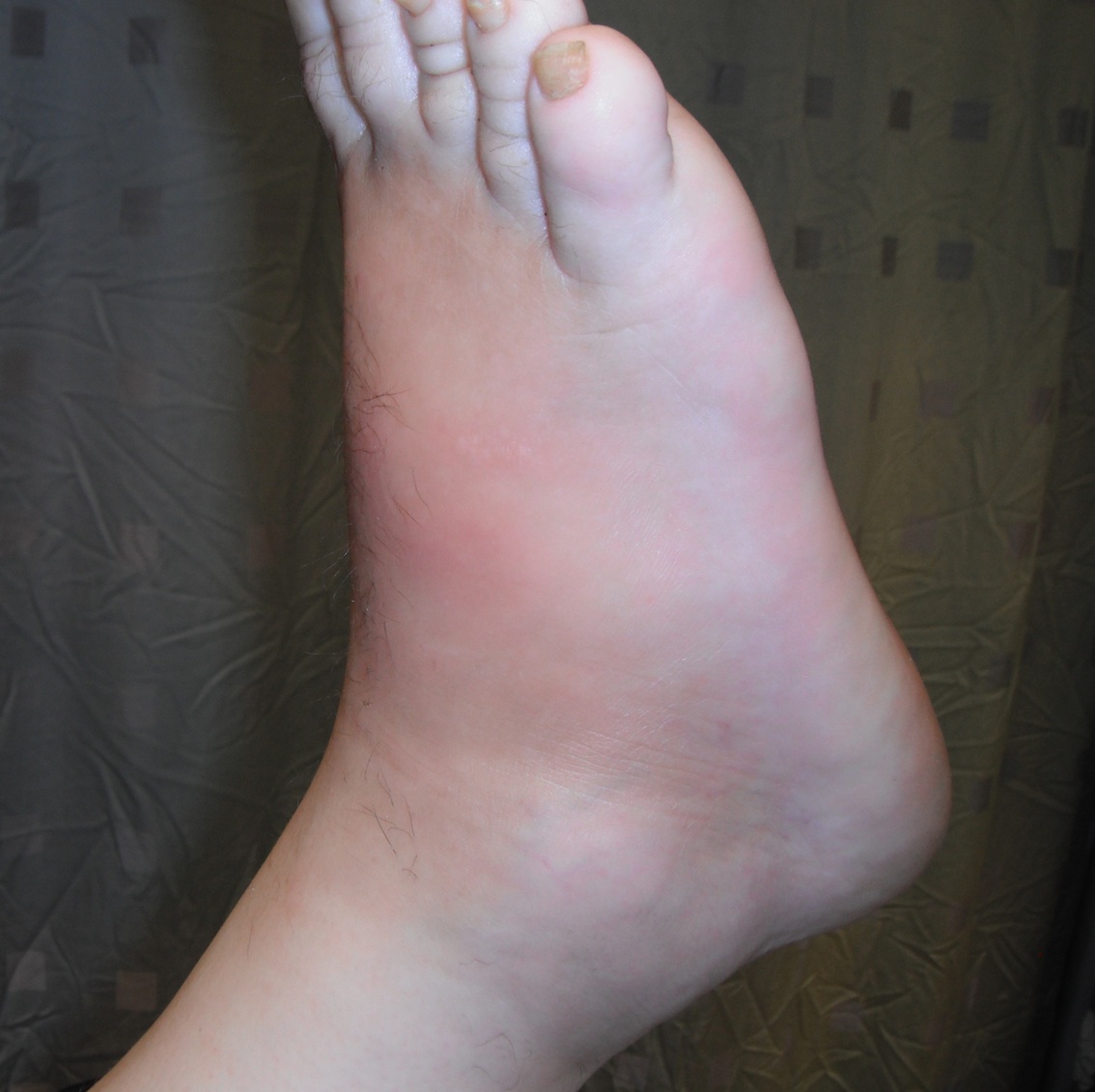
Xray
Brodsky Classification
| Type 1 Midfoot (60%) | Type 2 - Hindfoot (30%) | Type 3 (10%) |
|---|---|---|
|
Metatarsocuneiform and naviculocuneiform
Collapse of the medial longitudinal arch with rocker bottom foot |
Subtalar joint, talonavicular, calcaneocuboid
More unstable than type 1 Require longer periods immobilisation |
3a: Tibiotalar joint - most unstable pattern
3b: Fracture calcaneal tubercle - weak push-off and ulceration |
 |
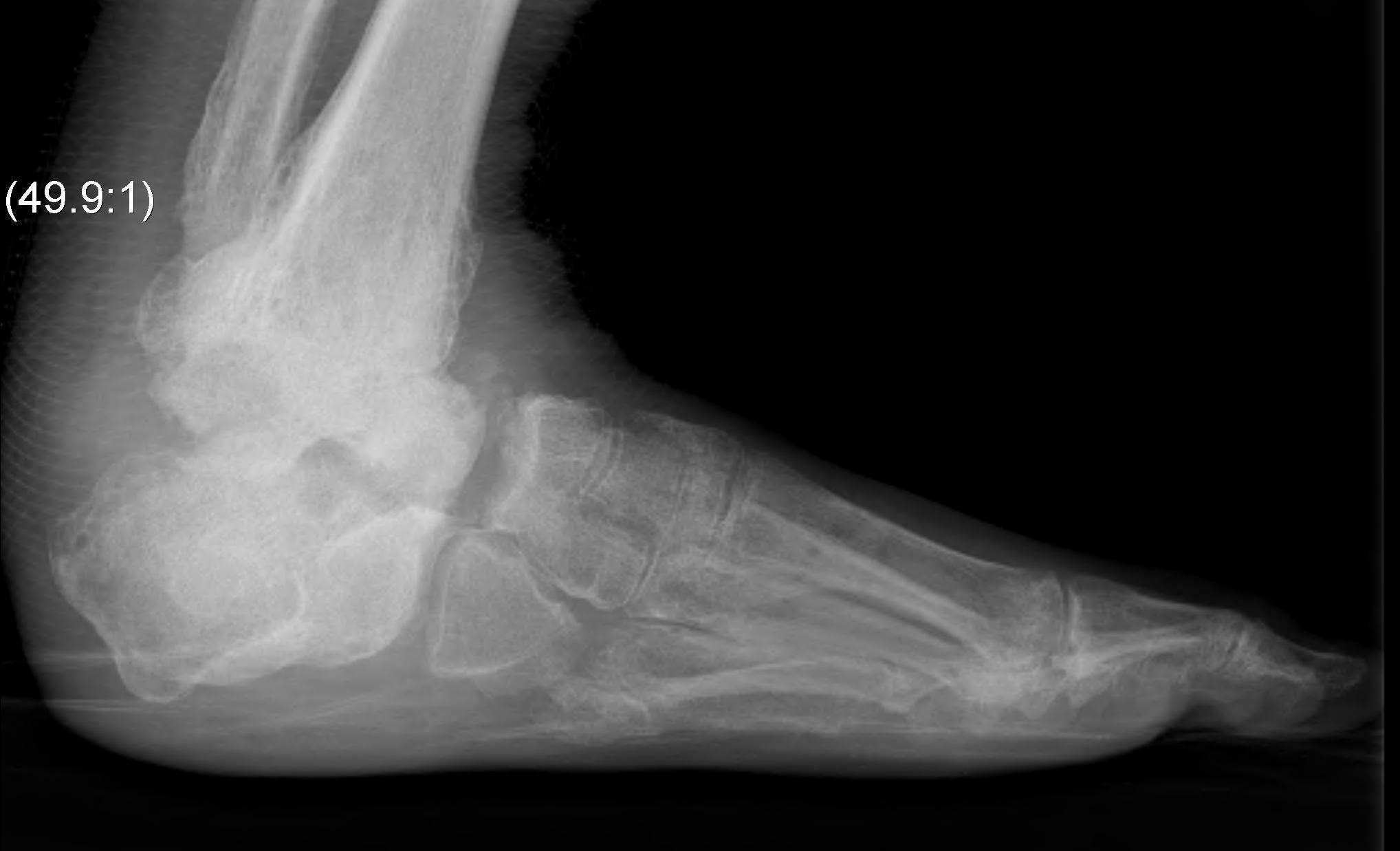 |
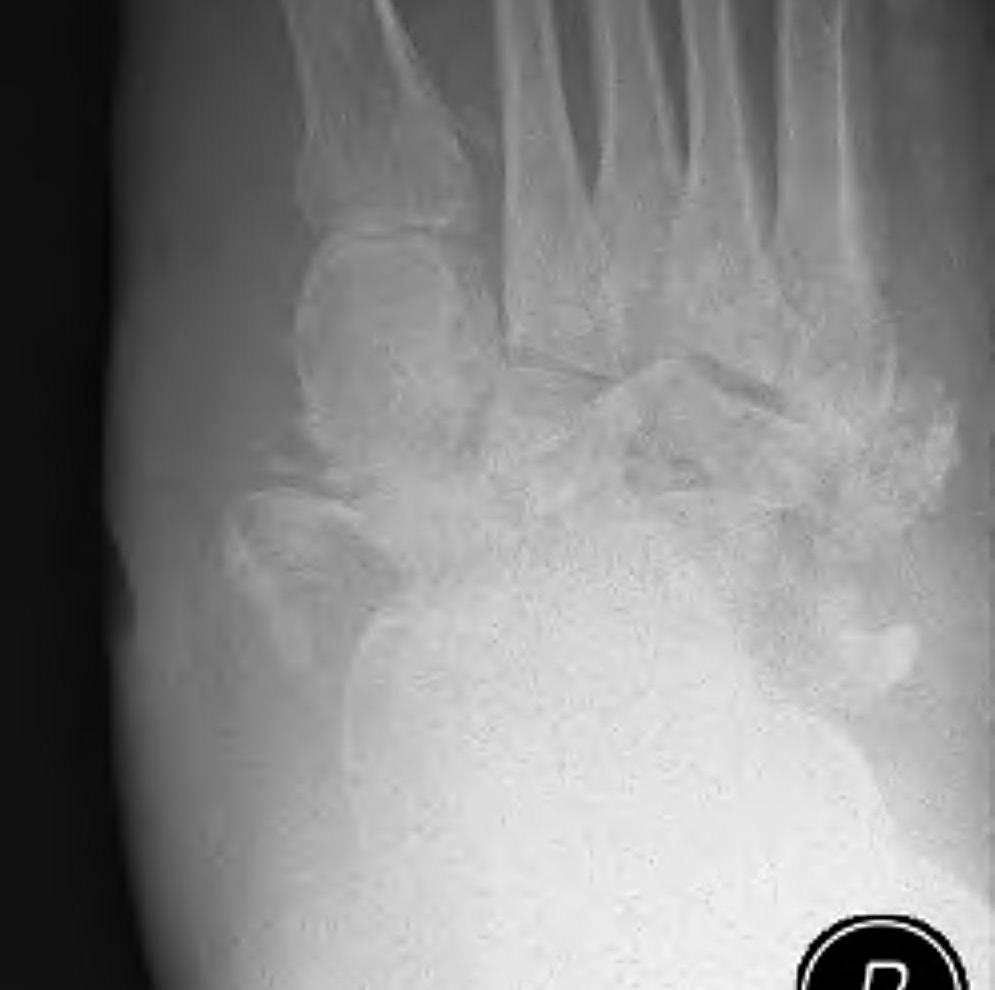
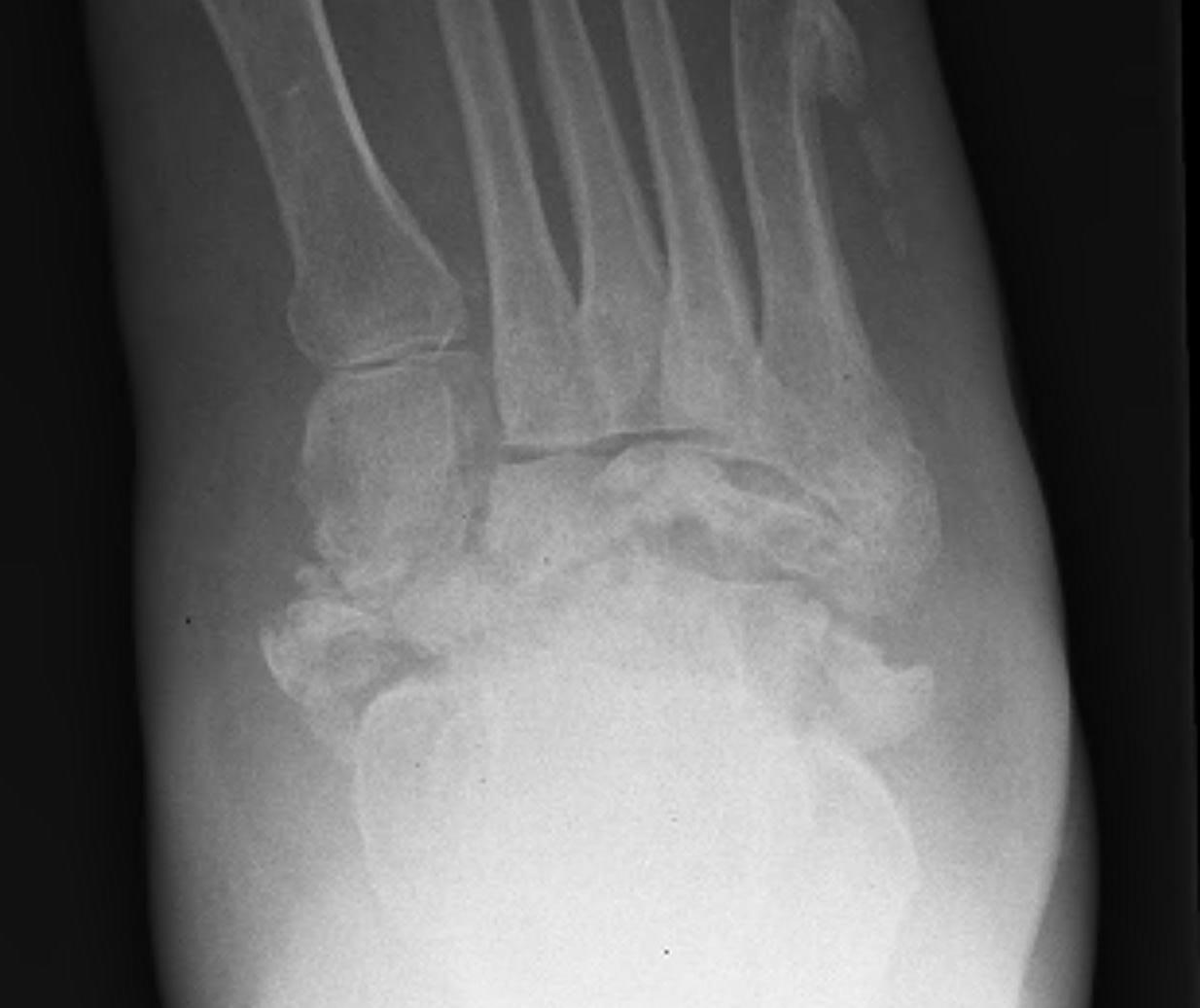
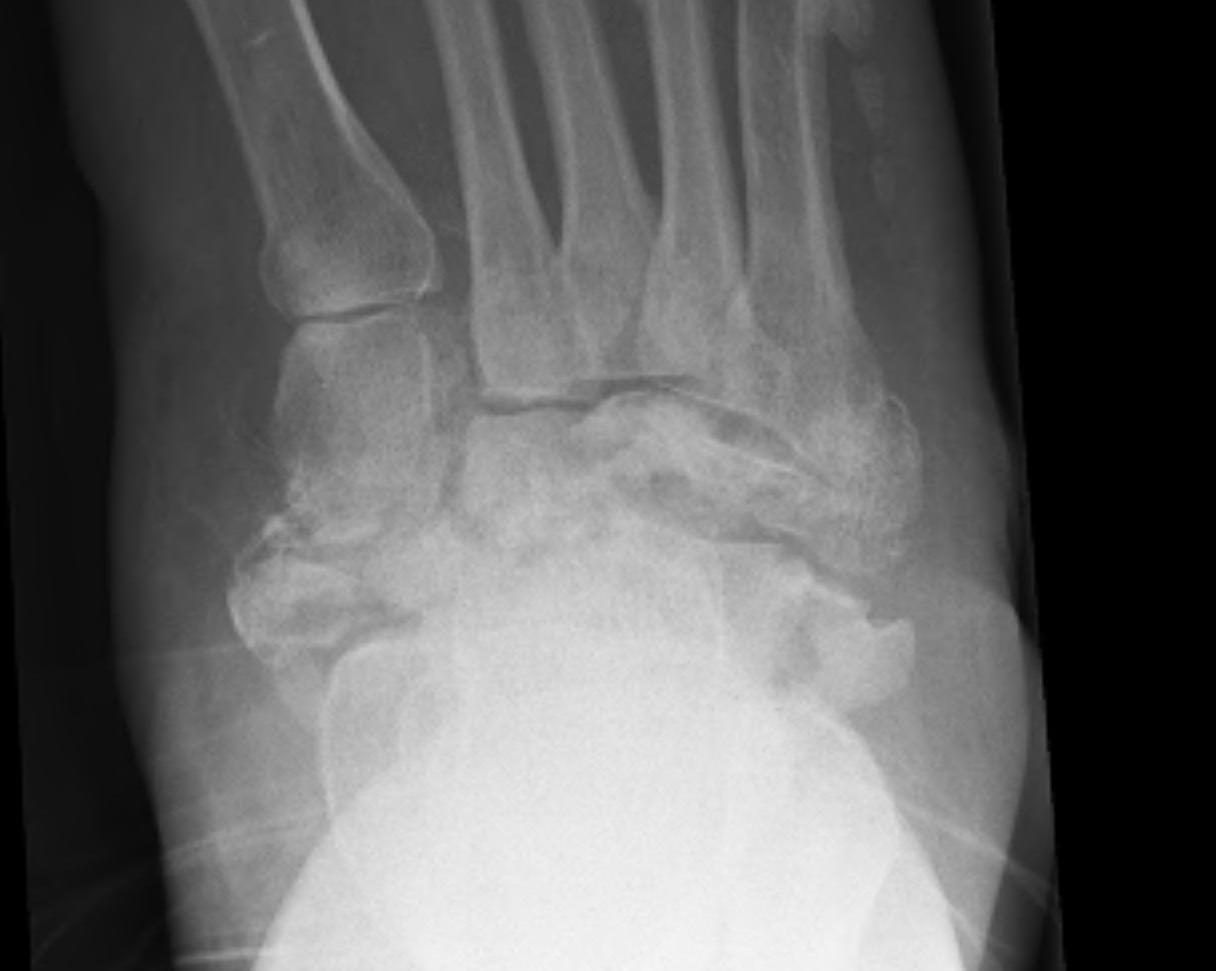
Investigation
Exclude infection
MRI
Labelled WCC + Bone Scan
Nonoperative Management
Goal
Stable plantigrade foot that is shoe-able or braceable
Avoid ulcers
Operative Management
Indications
1. Severe deformity unable to brace or wear shoes
2. Skin at risk
3. Ulcers - type 1 / midfoot collapse
4. Marked instability - type II / hindfoot
Contra-Indications
Uncontrolled diabetes
Peripheral vascular disease
Medically unwell
Stage 1 disease
Goals
Restore alignment & stability
- allow brace and / or shoe wear
- protect skin
- prevent amputation
Timing
Stage III - resolution / consolidation
Acute Fractures
Likely Charcot
- foot red & swollen
- minimal trauma
- peripheral neuropathy
- characteristic xrays
- treat non-operatively
Non Charcot
- truly acute / displaced / localized fracture
- reasonable trauma in setting of diabetes / peripheral neuropathy
- treat as per usual, but accept higher complication rate
- poor bone stock / wound healing
- augmented ORIF
- double period of immobilizations
Midfoot surgery
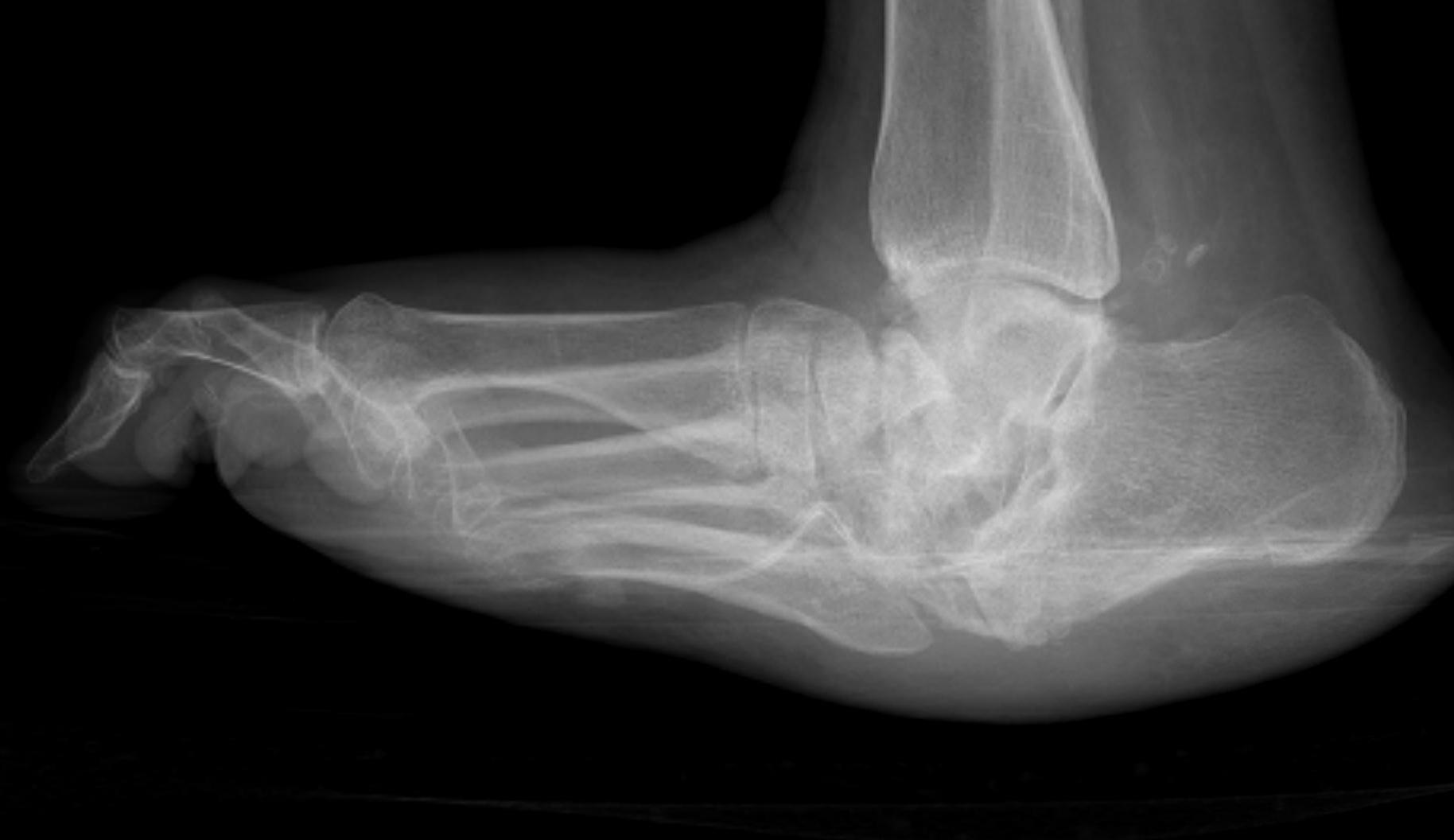

Background
Midfoot most common site for neuropathic destruction
- mid foot collapse
- rocker bottom foot
- recurrent ulceration
Midfoot Ostectomy
Attempt to heal ulcer first
- debridement +/- IV antibiotics if osteomyelitis
- TCC
Remove bony prominence causing ulcer
- medial or lateral incision
- avoid areas of ulceration
- full thickness soft tissue dissection to expose exostosis
- remove with osteotome / saw and smooth edges with rasp
- postoperative TCC for 6 weeks
Hindfoot
Background
Hindfoot Charcot not amenable to bracing
- arthrodesis v amputation
- frequently bilateral
- try to avoid bilateral amputations
Hindfoot arthrodesis
Contraindications
- Stage I
- active infection
- uncontrolled diabetes
- end stage peripheral vascular disease
- poor bone stock
- non compliance
Technique
Full thickness skin flaps
- resect bone / correct deformity
- long hindfoot nail - risk of tibial stress fractures
- non weight bear in TCC for 3 months
- lifelong AFO
Results
